
Jam Patel is an award-winning fashion film director, on the verge of finishing her first feature-length script, and a photographer who is known to practically everyone in the environs of style culture. Not only is she hugely respected for the vibrant, colour-soaked aesthetic of her own output in stills, which have graced the likes of Vogue, Flair and Tatler (drawing the likes of Louis Vuitton and Givenchy to count themselves among her extensive commercial client list), but also for her matchless curation of the photographic image, not least as a photo editor for Dazed & Confused, where she cut her teeth in the early-noughties. Her reputation for boundless enthusiasm and energy went into overdrive during the pandemic when she founded the charity Creative Seva, which raised tens of thousands of pounds for Covid-19 relief in India via Instagram – selling donated imagery by some of the world's most illustrious image-makers. Here, the formidable creative force tells Collective Culture how a childhood passion for magazines turned into a lifelong career in image-making, and explains why true beauty exists in exaltation of the human spirit.
You've spent your life working in the realm of the photographic image – what first drew you to photography?
My dad bought me a 110 film camera when I was eight years old. I remember taking it with me on a school journey to Littledean, and officially becoming the photographer. I shot rolls and rolls of film, and when I got them back, and saw the results, I remember getting the best buzz ever. Another early memory is being in India with my mum when I was nine years old. We stayed there for nearly eight months, and during that time my mum and I used to play dress up, both posing and photographing each other. When I came back to London, my vision of the world had changed – the colours and location in India had galvanised my passion for a visually stimulating narrative.
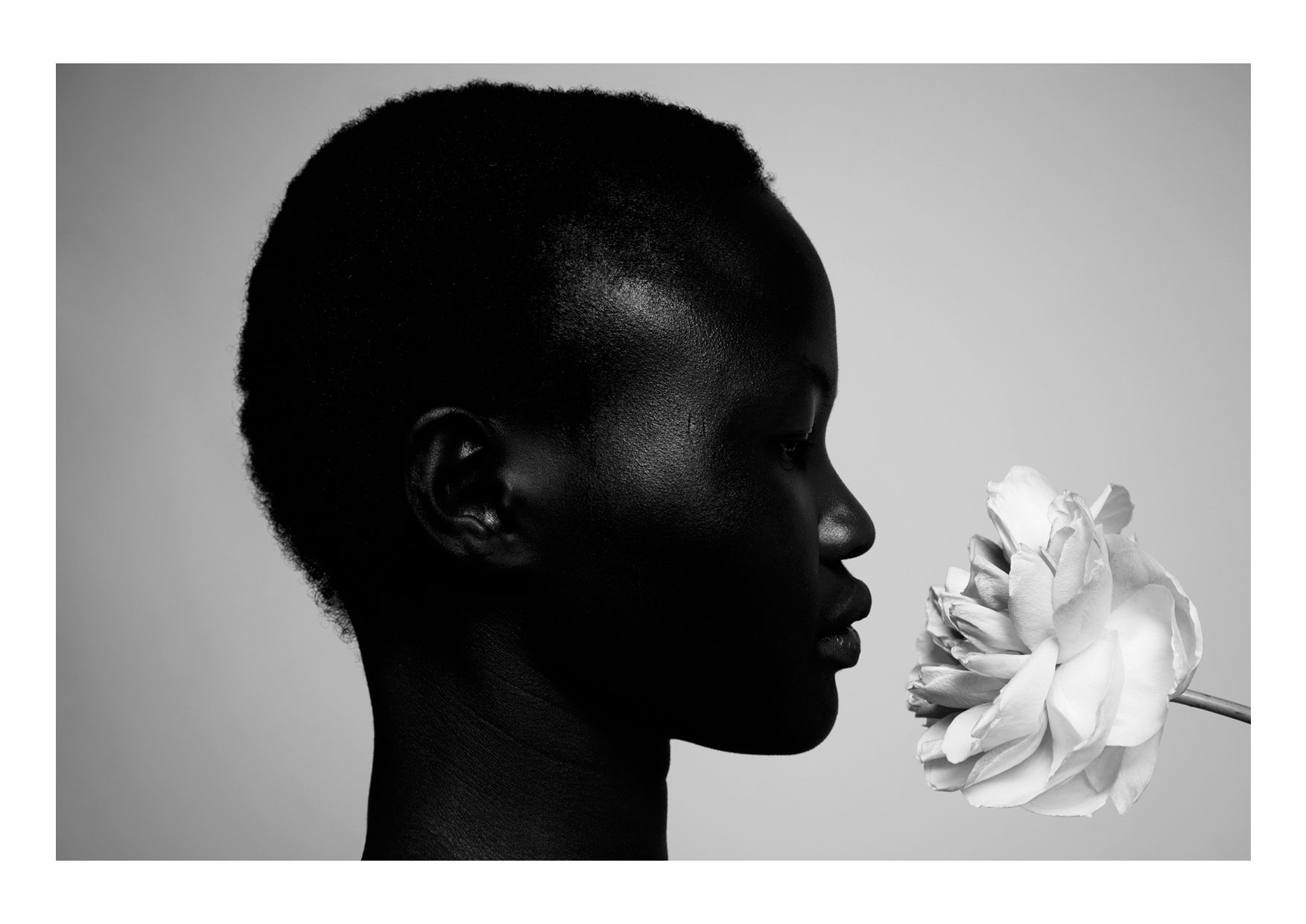
How did that kickstart a career in fashion?
My parents owned a newsagent, so I had access to all the magazines when I was growing up. I sat in the shop and saturated my mind with fashion imagery. In 1990, Peter Lindbergh shot the iconic cover of British Vogue with the supermodels. I absolutely loved that shoot, still do. I saved up for a Canon SLR for two years, and as soon as I got it, I would spend weekends shooting my friends all around London. I loved shooting outdoors – the light, the freedom of movement. Years later, when I started to shoot professionally, not much really changed – shooting outside with available light was still where I felt the most creatively inspired.
How did the Creative Seva project come together and take shape?
Creative Seva emerged from seeing what was happening in India during the pandemic. I was horrified to see people dying on the streets, struggling for oxygen. I decided to do something immediately, and within a week I had 88 photographers donating a photographic print to help raise money. We had such an incredible response from art and fashion photographers, such as Steve McCurry, Inez & Vinoodh, Ellen Von Unwerth, Rankin, Lorena Lohr, Josh Olins, Himali Singh Soin, and many more.
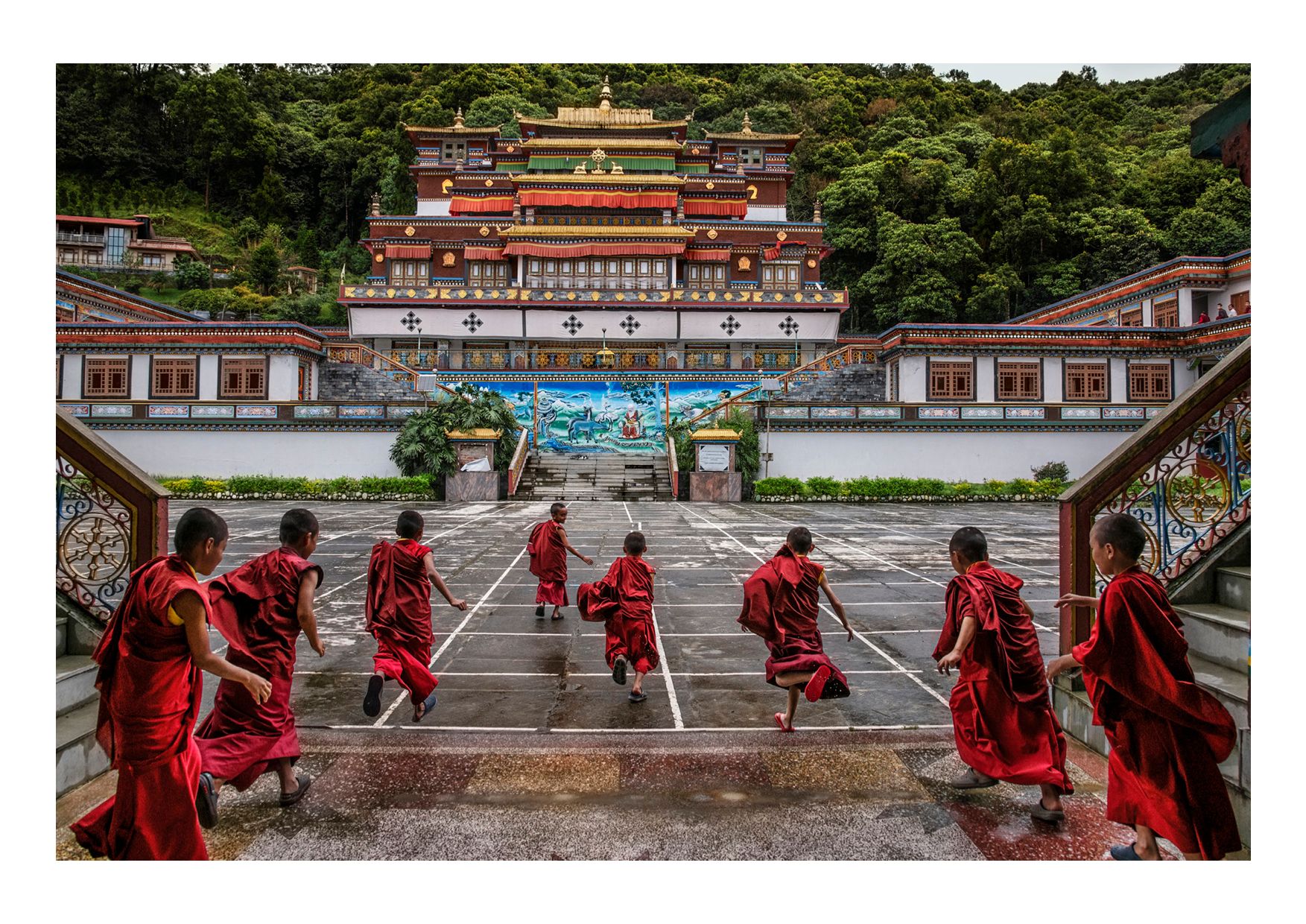
Were you surprised by the response?
The thing I found most fascinating, was the choice of images from the contributors. I knew the quality was going to be awesome, because of the calibre of these world-wide renowned artists, but it was fascinating to see what kind of images they chose to contribute. Some directly referenced India, and some didn't, but there was an overall context of love and humanity from every single contributor, which was incredibly moving to witness. My intention for Creative Seva is for it to continue to support charities and bring creatives together to raise money – we are working on something exciting right now for later this year.
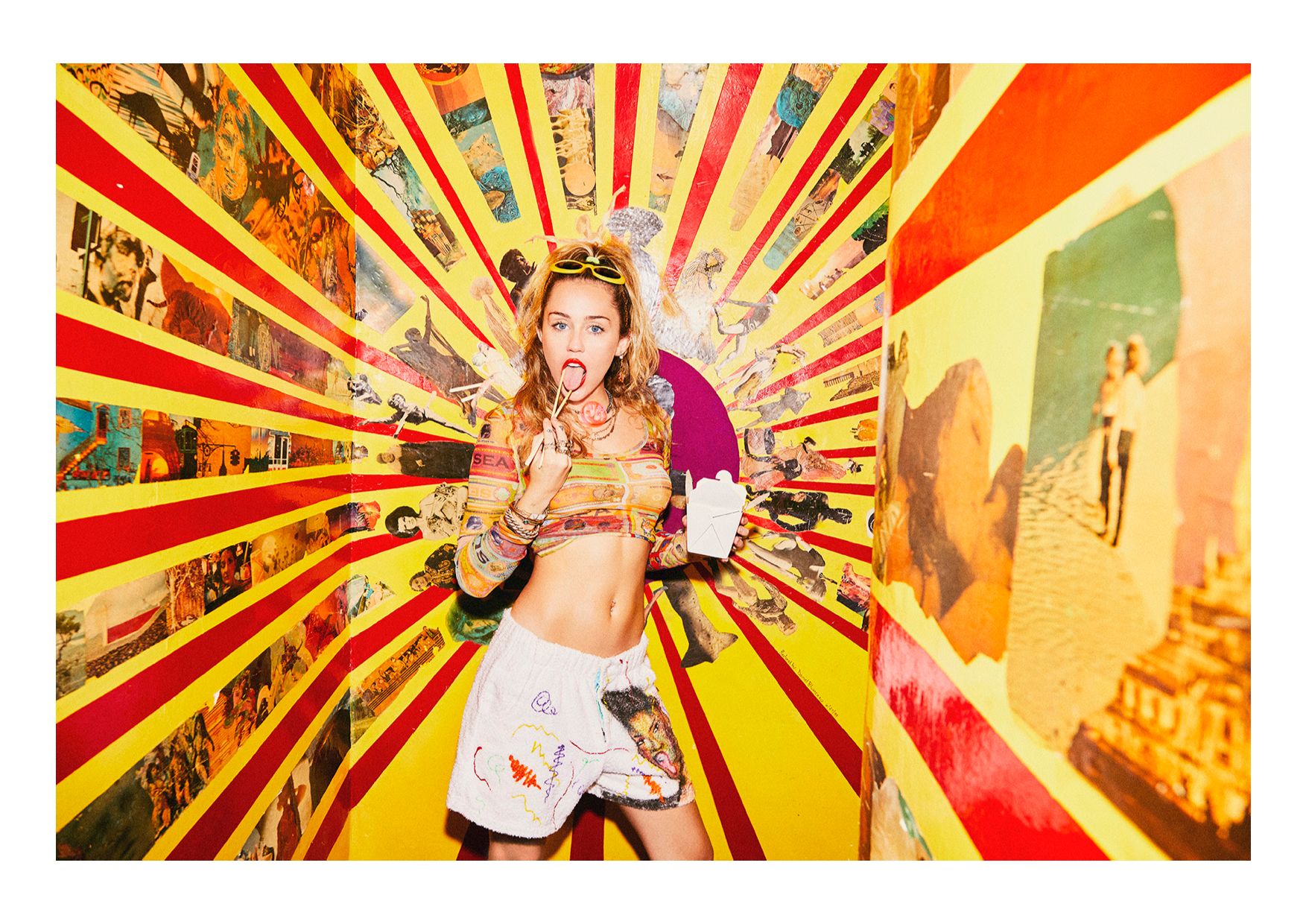
How do you think our relationship to the image has changed in the era of Instagram?
We needed Instagram for Creative Seva – people consume images there, and we were selling them. These are powerful tools that let you reach your audience. We couldn’t have done it any other way in such a short amount of time. But it's not lost on me that audiences on social media can be groomed by the platforms that claim to serve them. I'm not above feeling the dopamine hit of endless scrolling when I'm on the train, but it does feel like a different thing when I watch the younger generation treating their phone as a limb, and designing how they present themselves to the world. But maybe something amazing is happening with all this augmentation that just can't be perceived by us yet, as we have never encountered this form of widespread technology before. I tend to look at the positives of the connection and access available to all human beings now.
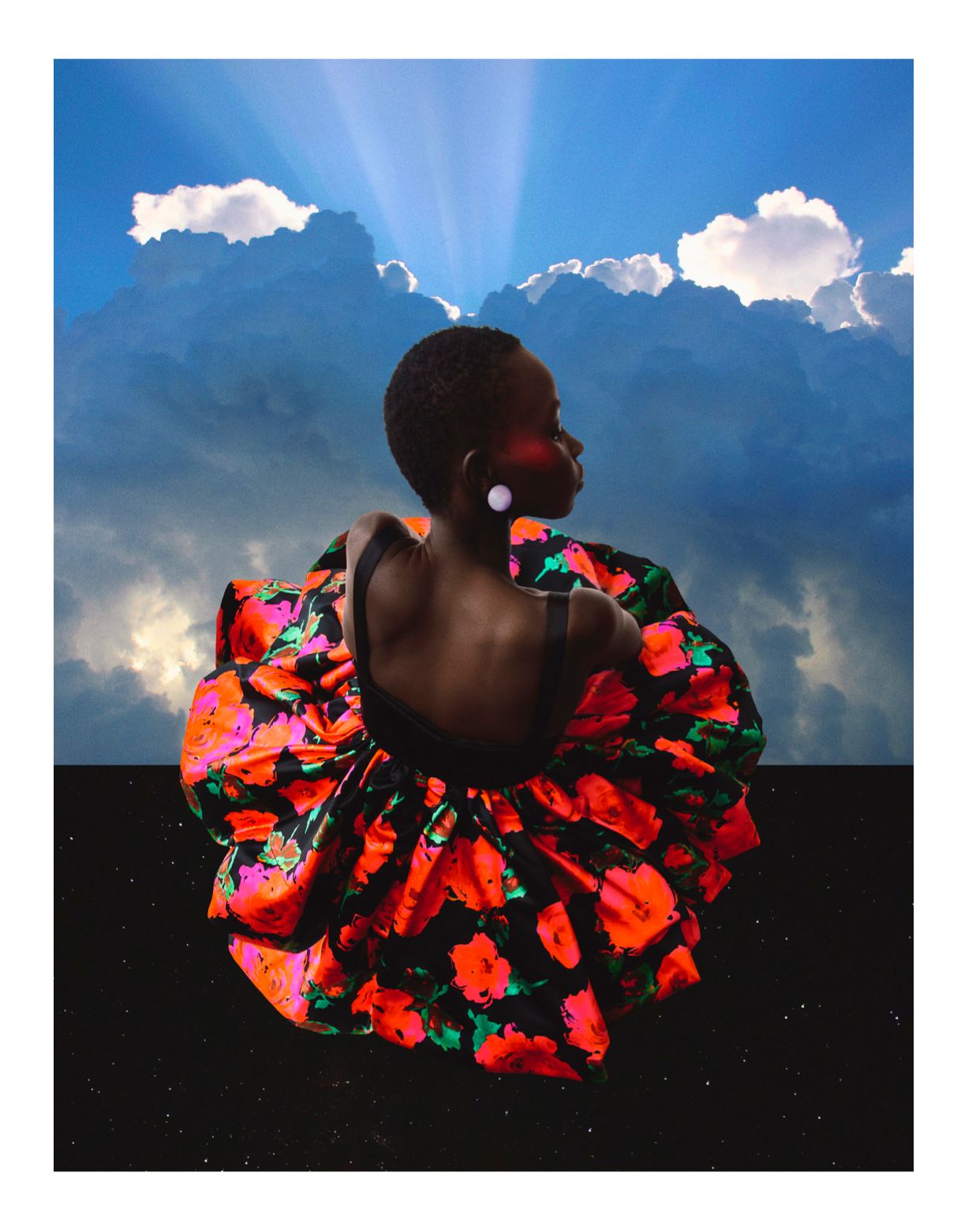
If there was one photographer you could talk about for hours, who would it be?
It will always be Helmut Newton. I really don’t think there could be anyone greater than him. His unique mind created the most visually intoxicating imagery. He will forever be a huge inspiration to future generations. I remember discovering his work as a student. He influenced my passion for black-and-white, and his erotically charged fashion images made me feel brave enough to take risks and create bolder images of my own. I was lucky to have worked with his agent Maconochie Photography, in London in my early 20s. Helmut was in his 80s then, and still shooting. I remember getting knots in my tummy when he would call the office, and I’d hear his voice… “Helmut, for Tiggy”.
What made you want to work in the medium of film?
It feels like the most natural transition for me to start making movies. I have the same excitement for it as I did when I first started shooting stills. Film gives me the space to create and express myself in both a narrative and abstract contextual form. It feels like a great time for exploration where I’m at in my life right now. I’ve always loved the freedom of not having the newest camera – just shooting on whatever I can get my hands on. Creating for me is not about being technical, it’s about freedom. I remember shooting my short ‘Red Lipstick’ for The Last Magazine in 2008 on my flip phone, the quality was crap, but I liked it. I mixed it up with Super 8mm footage and did the same when I shot a short for Charlotte Olympia, To Die For. I love those beats in a film where you just linger…
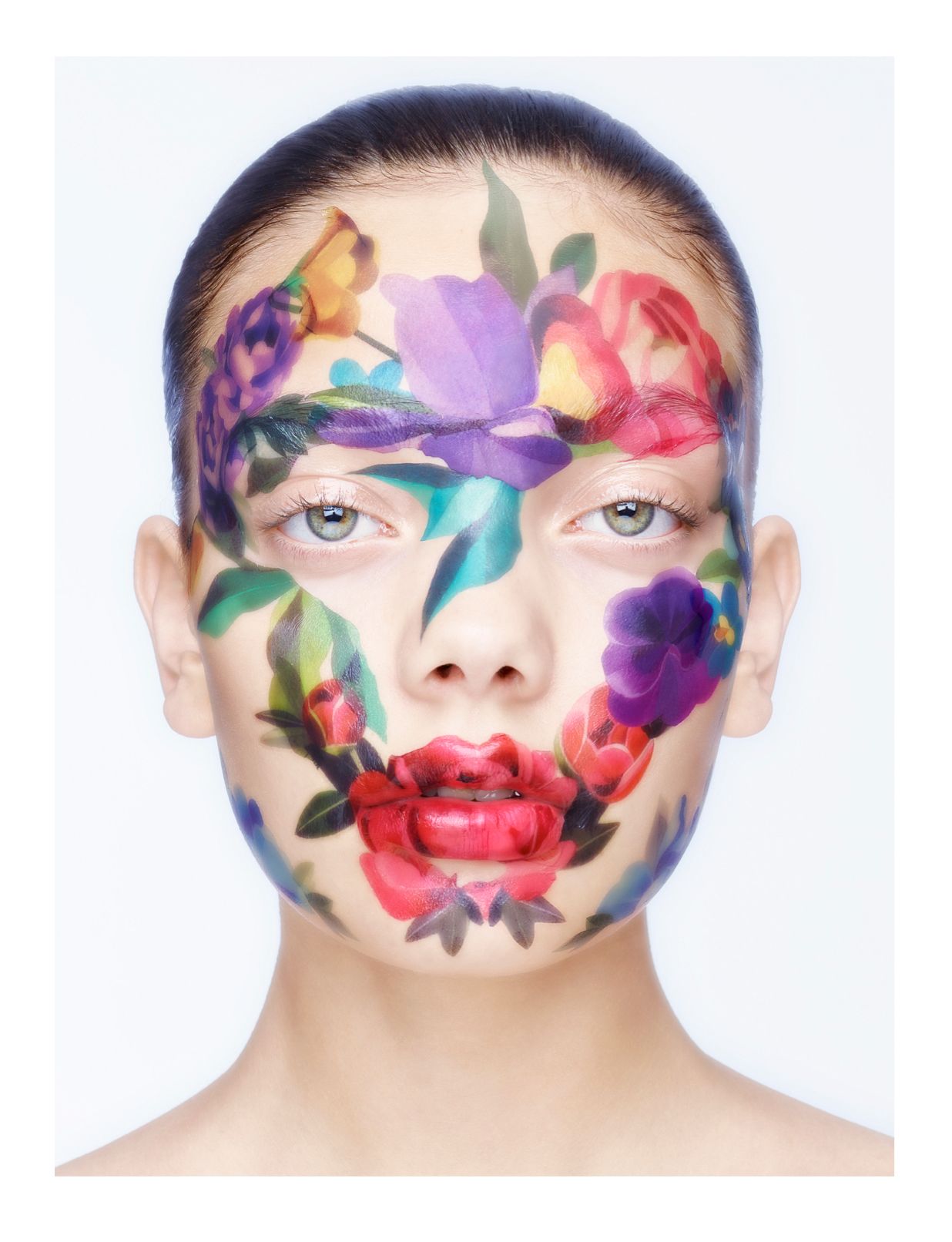
What is your personal definition of beauty?
The older that I get, beauty becomes less of a conversation about physicality and aesthetics. The idea of true beauty transcends to qualities of human spirit and character in people, occurrences in nature and the nature of life. I suppose this has always been the case, as this is most apparent in art where an idea, a piece of writing or an expression on a canvas can strike you as beautiful. The adjustment of what one finds beautiful most likely changes over time.
All images supplied courtesy of @creativeseva.
Top to bottom: Gajra 2, Dominic Sheldon; Angok And The Rose, 2018, Inez + Vinoodh; Young monks run in the courtyard of Lingdum Monastery, also known as Ranka in Sikkim, India, 2019, Steve McCurry; Miley at Electric Lady Studio, New York, 2018, Ellen Von Unwerth; Hope, Ruo Bing Li; In Bloom, Inked, 2018, Rankin.